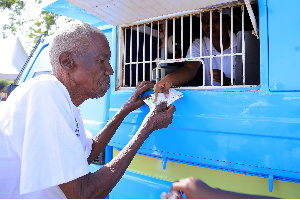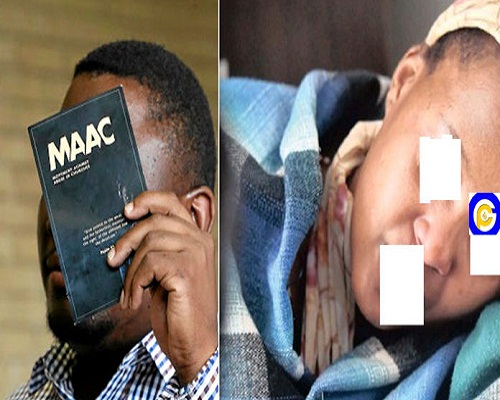South Africans call for UK to return diamonds set in crown jewels

The diamond, which weighs 530 carats, was discovered in South Africa in 1905 and presented to the British monarchy by the colonial government in the country, which was then under British rule.
@thepressstudio
Now amid a global conversation about returning artwork and artefacts that were pillaged during colonial times, some South Africans are calling for the diamond to be brought back.
“The diamond needs to come to South Africa. It needs to be a sign of our pride, our heritage and our culture,” said Mothusi Kamanga, a lawyer and activist in Johannesburg who has promoted an online petition, which has gathered about 8,000 signatures, for the diamond to be returned.
“I think generally the African people are starting to realise that to decolonise is not just to let people have certain freedoms, but it’s also to take back what has been expropriated from us.”
Officially known as Cullinan I, the diamond in the sceptre was cut from the Cullinan diamond, a 3,100 carat stone that was mined near Pretoria.
A smaller diamond cut from the same stone, known as Cullinan II, is set in the Imperial State Crown which is worn by British monarchs on ceremonial occasions. Along with the sceptre, it is kept with the other crown jewels in the Tower of London.
A replica of the whole Cullinan diamond, which is about the size of a man’s fist, is displayed at the Cape Town Diamond Museum.
“I believe it should be brought back home because at the end of the day, they took it from us while they were oppressing us,” said Johannesburg resident Mohamed Abdulahi.
Others said they didn’t feel strongly about it.
“I don’t think it matters anymore. Things have changed, we’re evolving,” said local resident Dieketseng Nzhadzhaba.
“What mattered for them in the olden days about being superior… it doesn’t matter to us anymore.”
Source: reuters.com






